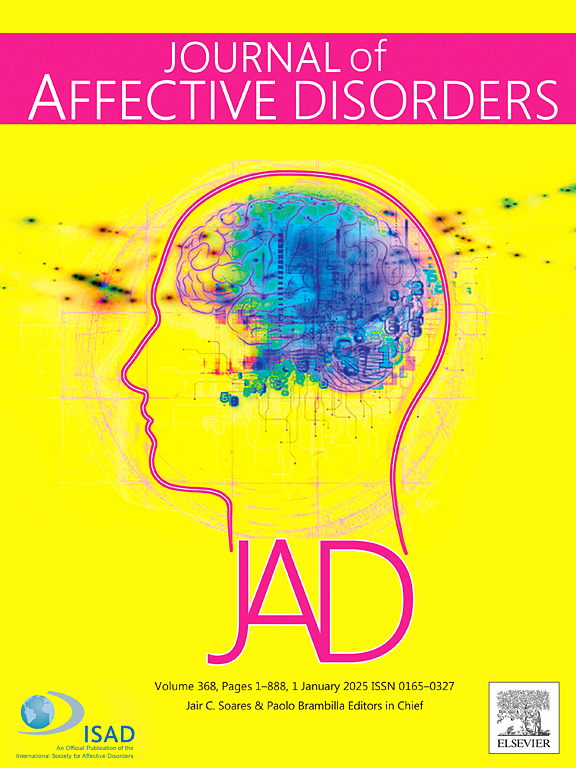Increased serum total bile acid level is associated with improved prognosis of ischemic stroke
IF 4.9
2区 医学
Q1 CLINICAL NEUROLOGY
引用次数: 0
Abstract
Purpose
Bile acids are implicated in the cholesterol synthesis and lipid metabolism. We aimed to prospectively investigate the relationships between serum TBA and adverse clinical outcomes after ischemic stroke.
Methods
Serum TBA levels at baseline were measured for 6609 ischemic stroke patients admitted at Minhang Hospital from January 2018 to December 2022. The primary outcome was a composite outcome of death and major disability (modified Rankin Scale [mRS] score, 3–6) at 3 months after stroke onset, and secondary outcomes included major disability (mRS score, 3–5), death (mRS score, 6), and ordered 7-level categorical score of the mRS.
Results
During the 3-month follow-up period, a total of 2118 (34.5 %) patients experienced primary outcome. After multivariate adjustment, the odds ratios of primary outcome for the highest versus the lowest quartile of TBA were 0.71 (95 % CI, 0.58–0.88; Ptrend = 0.001). Each SD increase of log-transformed TBA was associated with a 12 % (95 % CI, 5 %–18 %) decreased risk of the primary outcome. Multiple-adjusted spline regression model showed a linear association of serum TBA levels with the primary outcome (P for linearity = 0.005). Subgroup analyses further confirmed the inverse associations between serum TBA levels and the prognosis of ischemic stroke.
Conclusions
Elevated serum TBA levels were independently associated with a decreased risk of adverse outcomes at 3 months after ischemic stroke, indicating that TBA might be implicated in the development of ischemic stroke and might be a prognostic biomarker for ischemic stroke.
求助全文
约1分钟内获得全文
求助全文
来源期刊

Journal of affective disorders
医学-精神病学
CiteScore
10.90
自引率
6.10%
发文量
1319
审稿时长
9.3 weeks
期刊介绍:
The Journal of Affective Disorders publishes papers concerned with affective disorders in the widest sense: depression, mania, mood spectrum, emotions and personality, anxiety and stress. It is interdisciplinary and aims to bring together different approaches for a diverse readership. Top quality papers will be accepted dealing with any aspect of affective disorders, including neuroimaging, cognitive neurosciences, genetics, molecular biology, experimental and clinical neurosciences, pharmacology, neuroimmunoendocrinology, intervention and treatment trials.
 求助内容:
求助内容: 应助结果提醒方式:
应助结果提醒方式:


